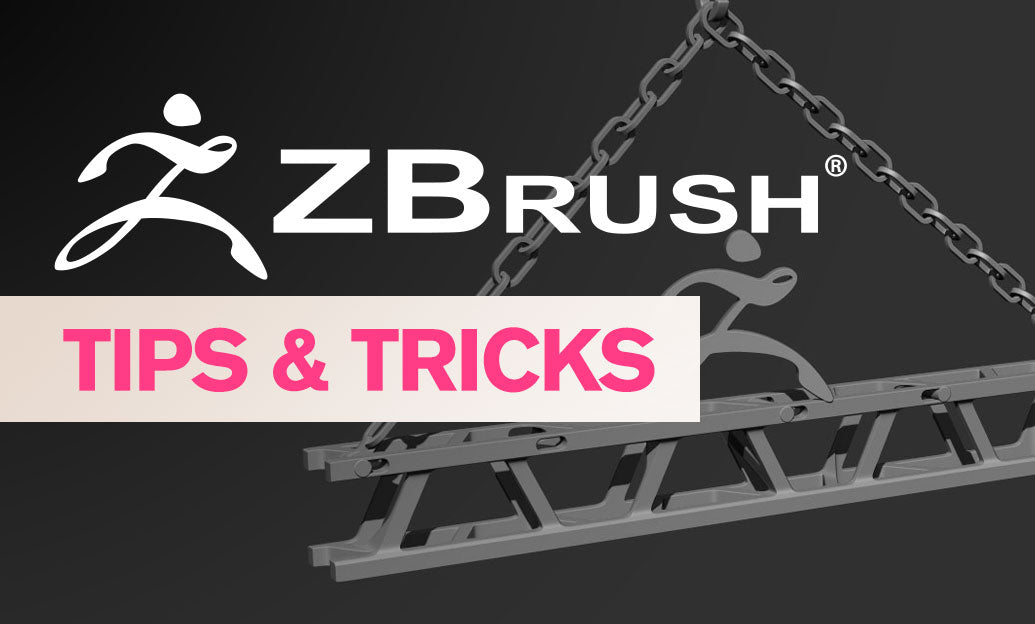Your Cart is Empty
Customer Testimonials
-
"Great customer service. The folks at Novedge were super helpful in navigating a somewhat complicated order including software upgrades and serial numbers in various stages of inactivity. They were friendly and helpful throughout the process.."
Ruben Ruckmark
"Quick & very helpful. We have been using Novedge for years and are very happy with their quick service when we need to make a purchase and excellent support resolving any issues."
Will Woodson
"Scott is the best. He reminds me about subscriptions dates, guides me in the correct direction for updates. He always responds promptly to me. He is literally the reason I continue to work with Novedge and will do so in the future."
Edward Mchugh
"Calvin Lok is “the man”. After my purchase of Sketchup 2021, he called me and provided step-by-step instructions to ease me through difficulties I was having with the setup of my new software."
Mike Borzage
Synergy Between Design Software and Robotics: Transforming Modern Manufacturing
August 28, 2024 3 min read


Introduction to the Synergy Between Design Software and Robotics
Design software has been a cornerstone of modern manufacturing, providing tools that have revolutionized how products are conceptualized, designed, and brought to market. Initially, these tools were simplistic and limited, but as technology advanced, so did the capabilities of design software. Today, industries ranging from automotive to aerospace rely heavily on sophisticated design software to innovate and stay competitive.
Robotics, too, has a storied history in manufacturing. From the first industrial robots introduced in the 1960s to today's highly advanced robotic systems, the journey has been marked by continuous improvement and expanding applications. Robotics has transformed various sectors, enabling unprecedented levels of automation, precision, and efficiency.
The concept of synergy refers to the idea that the combined effect of two distinct elements is greater than the sum of their individual effects. In the context of manufacturing, combining design software with robotics creates a transformative synergy that enhances capabilities, optimizes processes, and drives innovation.
Enhancing Design Processes with Robotics
One of the most significant benefits of integrating robotics with design software is automated design execution. Robotics can implement complex design instructions directly from software, ensuring high levels of precision and repeatability. This automation reduces human error, accelerates production timelines, and improves overall product quality.
Another critical advantage is the ability to rapidly prototype and iterate designs. When coupled with additive manufacturing technologies like 3D printing, robotics can quickly produce prototypes, allowing designers to test and refine their concepts in real-time. This rapid iteration process speeds up the development cycle and enables faster time-to-market for new products.
Moreover, the integration of sensors and IoT technologies enables real-time feedback and adjustments. Robotics systems can collect data on various parameters during production, providing immediate insights that can inform design tweaks. This adaptive learning capability ensures that any issues are addressed promptly, resulting in a more efficient and resilient manufacturing process.
Case Studies and Real-World Applications
In the automotive industry, companies like Tesla and Toyota exemplify the synergy between design software and robotics. These companies utilize advanced design software to create highly detailed models, which are then brought to life by robots on the assembly line. The result is a streamlined production process that enhances both precision and efficiency.
The consumer electronics sector also benefits significantly from this synergy. Firms like Apple and Samsung leverage robotics and design software to innovate in product design and manufacturing. This combination allows for the creation of intricate and high-quality electronic devices while maintaining efficient assembly lines.
In aerospace and defense, giants such as Boeing and Lockheed Martin harness the power of robotics and design software to achieve unparalleled levels of precision and safety. These industries require the utmost accuracy, and the synergy between these technologies ensures that every component meets stringent standards.
Challenges and Future Directions
Despite the remarkable advantages, the integration of design software and robotics is not without challenges. One of the primary technical hurdles is ensuring seamless integration. Different software platforms and robotic systems must communicate effectively, which can be complicated by issues related to data interoperability and standardization.
Another critical consideration is the ethical and workforce implications of increased automation. While the synergy between design software and robotics can lead to job displacement, it also opens up new opportunities for skilled workers to manage and maintain these advanced systems. Ethical considerations around automation must be carefully addressed to ensure a balanced approach that benefits both industry and society.
Looking ahead, emerging technologies like AI and machine learning are poised to further enhance the synergy between design software and robotics. These advancements will enable even more sophisticated automation, predictive maintenance, and intelligent design processes. The future of manufacturing promises to be a landscape where design and robotics work in harmony to drive innovation and efficiency to new heights.
In conclusion, the synergy between design software and robotics represents a transformative force in modern manufacturing. By combining the strengths of both technologies, industries can achieve higher levels of precision, efficiency, and innovation. As we look to the future, the continued evolution of this synergy will undoubtedly shape the next generation of manufacturing.
Also in Design News

ZBrush Tip: Optimizing ZBrush Models with the Curve Bridge Brush Technique
January 15, 2025 2 min read
Read More
Revit Tip: Enhance Design Precision with Revit's Radial Array Tool
January 15, 2025 2 min read
Read More
AutoCAD Tip: Mastering AutoCAD's Revolve and Sweep Tools for Advanced 3D Modeling
January 15, 2025 2 min read
Read MoreSubscribe
Sign up to get the latest on sales, new releases and more …


